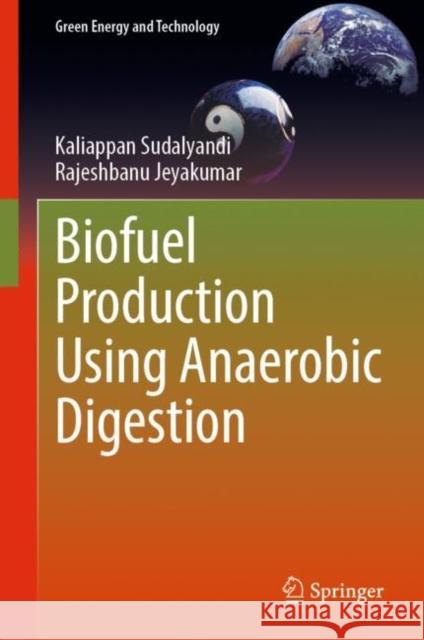Biofuel Production Using Anaerobic Digestion » książka
topmenu
Biofuel Production Using Anaerobic Digestion
ISBN-13: 9789811937422 / Angielski / Twarda / 2022 / 224 str.
Biofuel Production Using Anaerobic Digestion
ISBN-13: 9789811937422 / Angielski / Twarda / 2022 / 224 str.
cena 443,82 zł
(netto: 422,69 VAT: 5%)
Najniższa cena z 30 dni: 424,07 zł
(netto: 422,69 VAT: 5%)
Najniższa cena z 30 dni: 424,07 zł
Termin realizacji zamówienia:
ok. 22 dni roboczych
Bez gwarancji dostawy przed świętami
ok. 22 dni roboczych
Bez gwarancji dostawy przed świętami
Darmowa dostawa!
Kategorie:
Kategorie BISAC:
Wydawca:
Springer Verlag, Singapore
Seria wydawnicza:
Język:
Angielski
ISBN-13:
9789811937422
Rok wydania:
2022
Ilość stron:
224
Wymiary:
23.5 x 15.5
Oprawa:
Twarda











